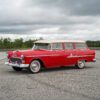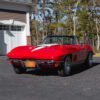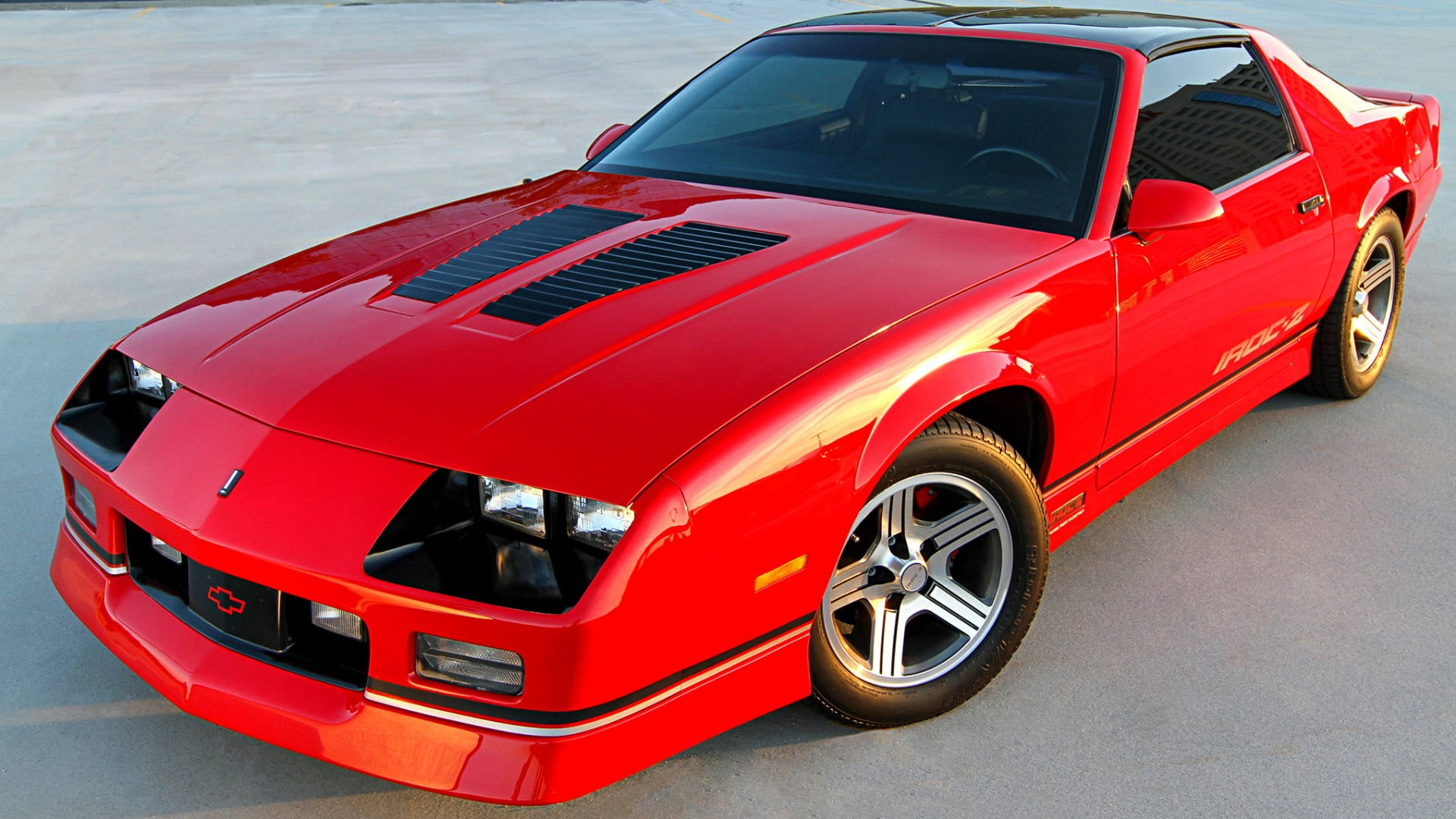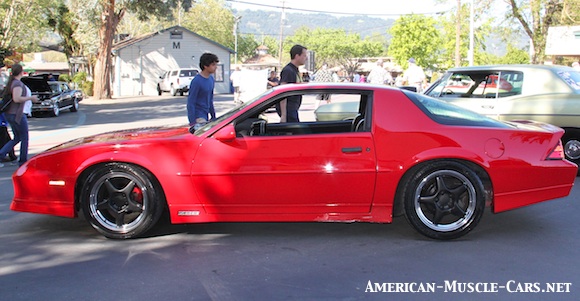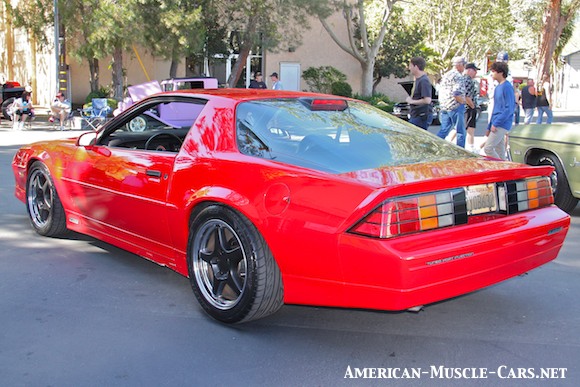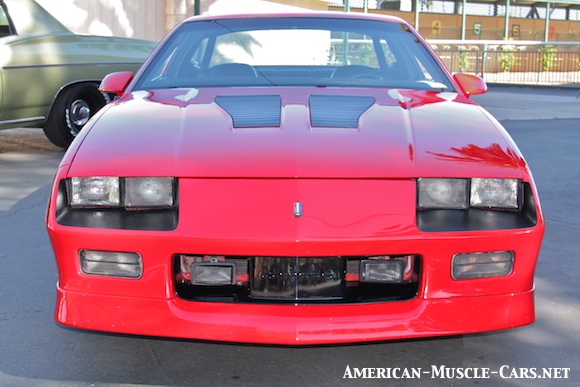1986 Chevy Camaro
1986 Chevy Camaro Z/28
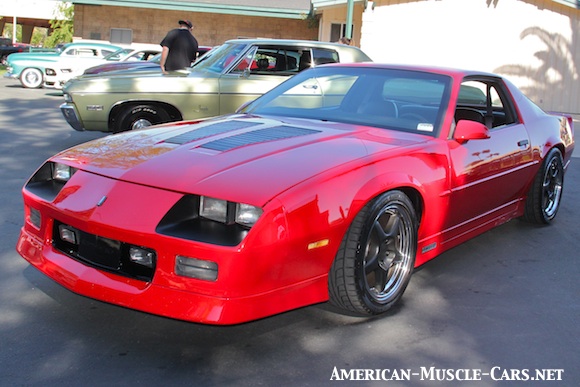
1986 CHEVY CAMARO BACKGROUND
The 3rd-generation Camaro had launched in 1982, and gotten a mid-cycle facelift in 1985. The 1986 carried over with few changes. The new look was much smoother and more modern, and more aerodynamic. The new front end tended to scrape on low-flying speed bumps and driveway transitions. The Z/28 and IROC-Z’s got a special hood with the twin faux hood louvers. Z/28s got the standard 15-inch 5-spoke alloy wheels. The IROC-Z package included IROC-only 16″ 5-spoke “IROC rims”. This car has aftermarket wheels.
1986 CHEVY CAMARO Z/28 OR IROC-Z?
In 1985 the Camaro became the official car for the International Race of Champions series. IROC for short, it pitted drivers against each other in identically-prepared cars, so that it would come down to driving skill more than build budget. Starting in 1985, the IROC-Z was an option package that was available on all Z/28s, and this continued through to 1986 as well. All 1985 and 1986 IROC-Zs also have Z/28 emblems on them, because they are technically all Z/28s with the IROC option package. So, you can have an ’85 or ’86 Z/28 or Z/28 IROC-Z. The confusion ended in 1987 when they dropped the Z/28 name temporarily and the cars simply became IROC-Z’s. This would continue through the 1990 model year. By then, Chevy’s deal had run out with the IROC-racing series, and they lost the rights to use the name. The 1991 and ’92s went back to being called Z/28s for the remainder of the 3rd-generation. By the way, Porsche 911s had been used in the IROC-series before Chevy got involved, and the turbocharged FWD Dodge Daytona became the official IROC-series race car starting in 1991.
1986 Chevy Camaro INTERIORS
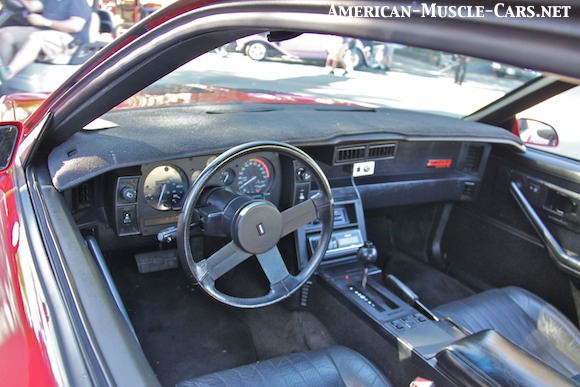
1986 CHEVY CAMARO INTERIORS
There were 3 basic interiors throughout most of the 3rd-generation. The base interior was quite plain in its upholstered seats and door panels and in the materials used. The premium interior was a nice high-quality cloth interior that looked good and wore well. The top of the line was the leather seating, which was quite rare. The car pictured here has the leather seating option. From 1998 to 2003, I owned a classic car dealership called Camaro Headquarters in Pleasanton CA. In that time, I sold nearly 500 Camaros and Firebirds, most of them 3rd-gen cars. Out of all those F-bodies, I only had 3 or 4 cars with leather. Very rare indeed.
1986 Chevy Camaro ENGINES
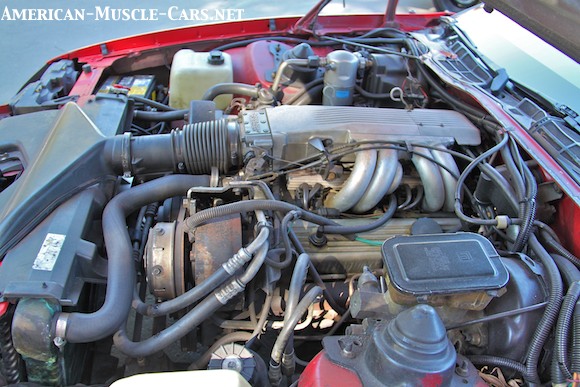
1986 CHEVY CAMARO ENGINE OPTIONS
There were still two carbureted versions of the 305 (5.0L) small block V8. But carbs were on the way out. When Chevy introduced the Tuned Port Injection system (TPI) in 1985, it changed everything. Finally, horsepower was back. It much more drivable this time, with better mileage and much clean tailpipe emissions. The promise of technology had finally arrived. And it was a handsome setup as well. Starting in 1987, the 5.7L (350) V8 would become available, also with TPI, making 230 or 245 horses, depending on the exhaust system, but would only be available with an automatic. The 5-speed manual trannies they were using at the time simply couldn’t take the torque of the 5.7, so you could only get a 5-speed on the 5.0 (305) V8s, either with carburetor or TPI.
1986 Chevy Camaro SPECIFICATIONS
| Production
Base Camaro Berlinetta Coupe Z/28 Coupe IROC-Z Coupe Wheelbase Length Width Height Track, front Track, rear Weight ENGINE OPTIONS 305ci / 5.0L V8 1X4bbl 305ci / 5.0L H.O. V8 1X4bbl 305ci / 5.0L V8 TPI PERFORMANCE 5.0 TPI V8 |
99,608
4,479 38,547 49,585 101.0 in / 2565 mm 192.0 in / 4877 mm 72.8 in / 1849 mm 50.3 in / 1278 mm 60.0 in / 1524 mm 60.9 in / 1547 mm 3,230 lbs / 1465 kg 155-165 hp @ 4200 rpm 190 hp @ 4800 rpm 190 hp @ 4000 rpm Zero-to-60 mph = 7.4 sec Top speed = 138 mph / 222 km/h |
250 lb/ft @ 2000 rpm
240 lb/ft @ 3200 rpm 285 lb/ft @ 2800 rpm 1/4 |


